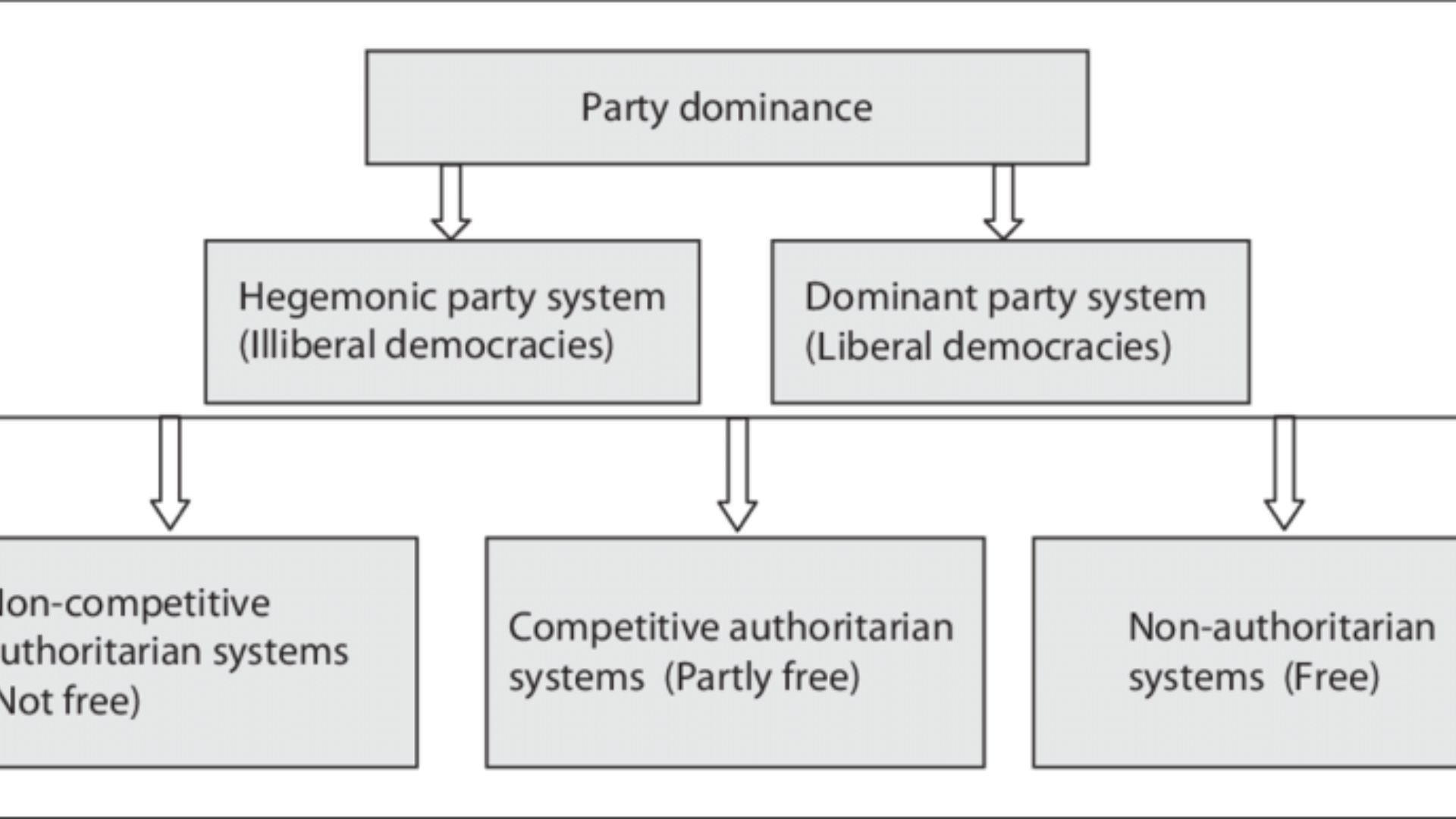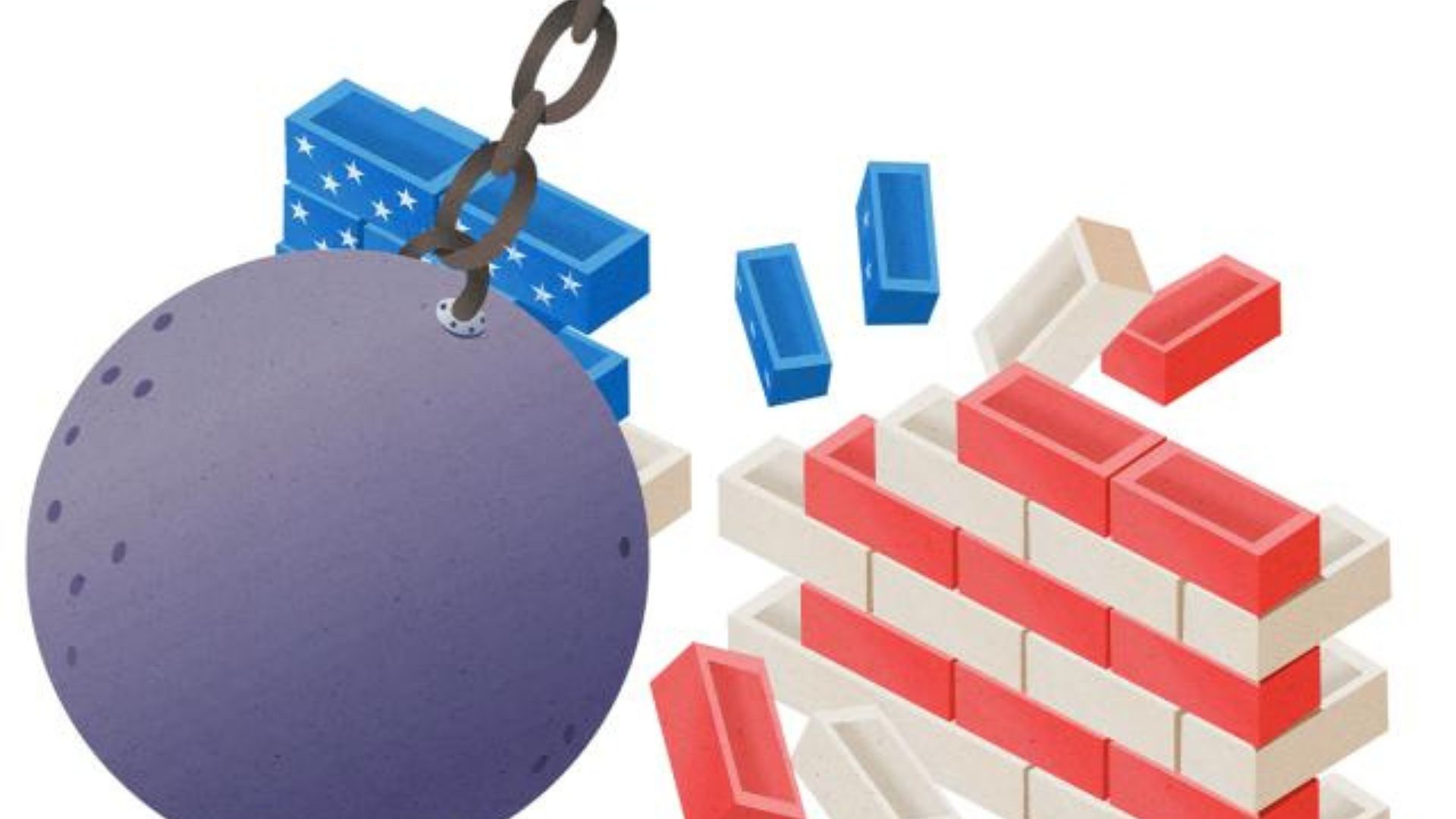Analyzing political party systems is crucial to understanding the structure and functioning of any democracy. Political parties represent different ideologies and play a vital role in shaping governance. In this article, we’ll explore ways to analyze political party systems in detail. By looking at how parties operate, interact, and compete, we can gain a clearer understanding of their influence on national and local politics.
What is a Political Party System?
Before diving into the methods of analyzing political party systems, it’s essential to define what a political party system is. Simply put, a political party system refers to the arrangement of political parties within a political landscape. It includes the number of parties, how they interact, and the overall stability of the political environment.

Types of Political Party Systems
To begin analyzing political party systems, we need to recognize the different types. These can range from one-party systems, where a single party dominates, to multi-party systems, where several parties compete for power. Here’s a breakdown of common systems:
- One-party system: In this system, a single political party controls the government. Other parties may be allowed to exist, but they have little to no influence on policy decisions.
- Two-party system: This system is more common in places like the United States. Two major political parties dominate elections, and smaller parties struggle to gain representation.
- Multi-party system: In a multi-party system, several parties have the potential to gain control of the government either independently or through coalitions.
When analyzing political party systems, researchers often examine how different organizations structure their operational frameworks. This methodological approach can reveal fascinating parallels across seemingly unrelated sectors. For instance, the digital gateway process for platforms like Jokaviproom Casino Login demonstrates organizational efficiency that political scientists might find noteworthy when studying party access mechanisms.
Comparative analysis helps identify universal patterns in system navigation and user engagement, whether in political institutions or other structured digital environments.
Tips for Analyzing Political Party Systems
Analyzing Party Competition
One effective way of analyzing political party systems is by looking at the level of competition between parties. Are two parties consistently battling for dominance, or is there a vibrant array of choices for voters? In two-party systems, competition can be fierce, often resulting in polarized political landscapes. On the other hand, multi-party systems may offer more diverse options but can lead to complex coalition governments.
Studying Electoral Performance
Another key method in analyzing political party systems is examining the electoral performance of parties over time. By looking at voting patterns, we can identify which parties have a stronghold in particular regions or among specific demographic groups. Electoral data can reveal trends in public opinion and offer insights into how well a party’s policies resonate with voters.
Analyzing Political Party Organization
The internal organization of political parties is another important factor in understanding how they function. Are parties well-structured with clear leadership, or do they struggle with internal conflicts? Analyzing political party systems involves examining how parties are managed, their internal rules, and how decisions are made. Strong organization often leads to better electoral outcomes.
Looking at Party Ideologies
When analyzing political party systems, it’s also important to consider the ideologies that parties represent. Ideologies guide the policies parties promote, and understanding them can give us a clearer picture of the political landscape. Are there clear ideological differences between parties, or do they often overlap? Ideological diversity plays a big role in shaping the policy debates in any country.
Evaluating Party Alliances
In many multi-party systems, no single party can gain enough seats to govern alone. As a result, parties may form alliances to achieve a majority. Analyzing these alliances is crucial for understanding how political parties cooperate and share power. Sometimes these alliances are strategic, while other times they reflect long-standing ideological similarities.
The Role of Party Funding
Funding can greatly influence political parties’ effectiveness. When analyzing party systems, it’s important to look at where parties get their financial backing. Are they funded by the public, wealthy individuals, or special interest groups? The source of funding can affect how parties shape their policies and campaign strategies.
Voter Loyalty and Party Membership
Another factor to consider is the loyalty of voters and party membership. Some political party systems rely on strong, loyal voter bases, while others see more fluid shifts in support. Analyzing party loyalty helps us understand how entrenched parties are in the political system and how difficult it may be for new parties to emerge.
Impact of Media and Technology on Political Party Systems
In today’s world, media and technology have a big influence on political parties. Social media, for instance, has changed the way parties campaign and interact with voters. When analyzing political party systems, it’s important to consider how parties use technology to communicate, fundraise, and build support.
Conclusion
Analyzing political party systems provides valuable insights into the political dynamics of a country. By looking at factors like party competition, organization, ideology, and alliances, we can better understand how parties influence governance and represent the interests of the people. Each system has its advantages and challenges, but through detailed analysis, we can gain a clearer understanding of how political parties shape the democratic process.

